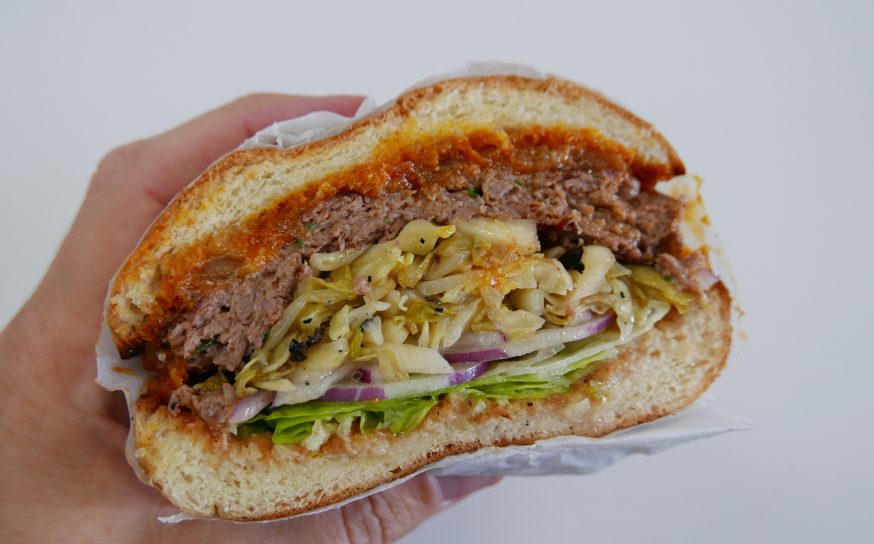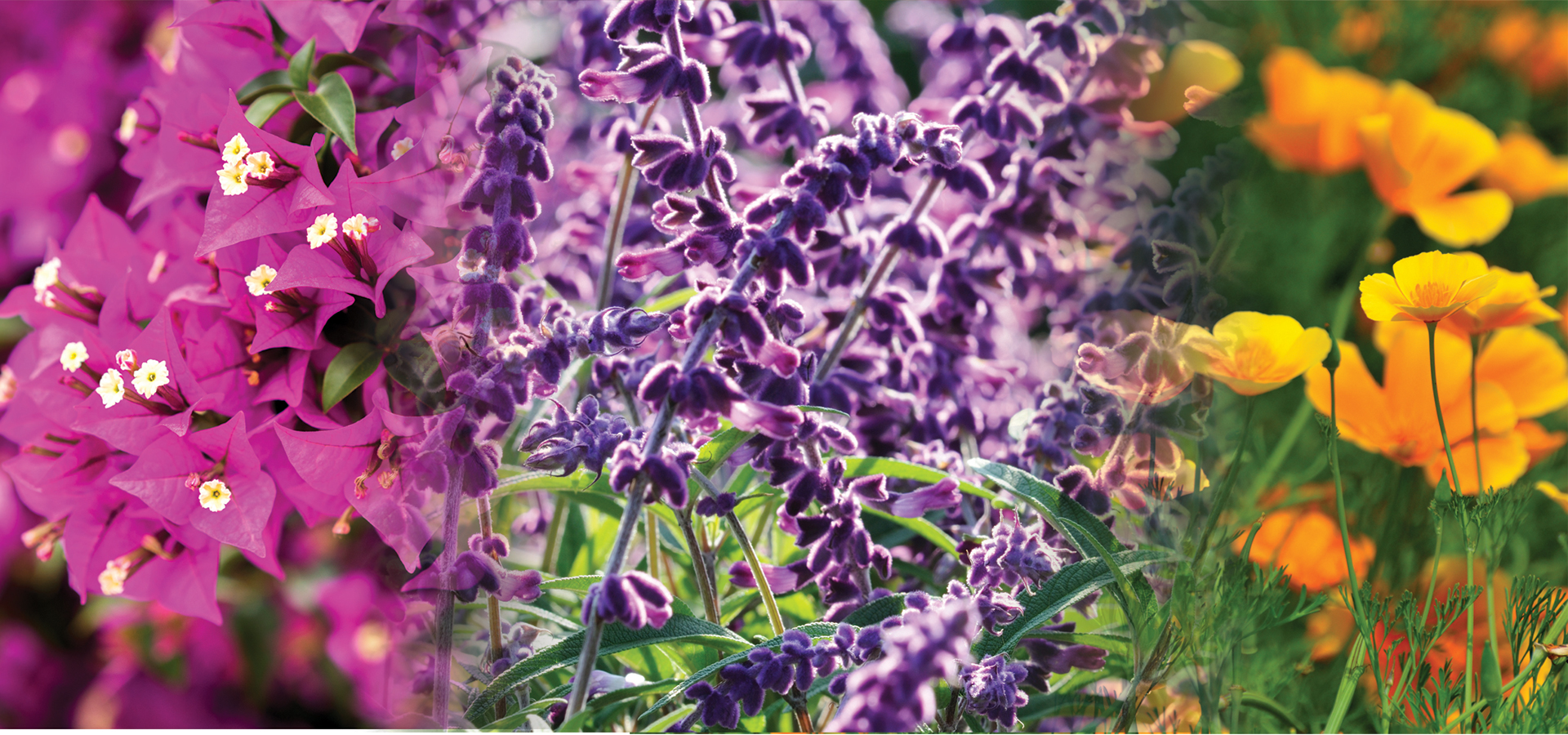
What You Need to Do Now in the Garden for Spring Blooms
Work now, enjoy later.
-
CategoryHomes
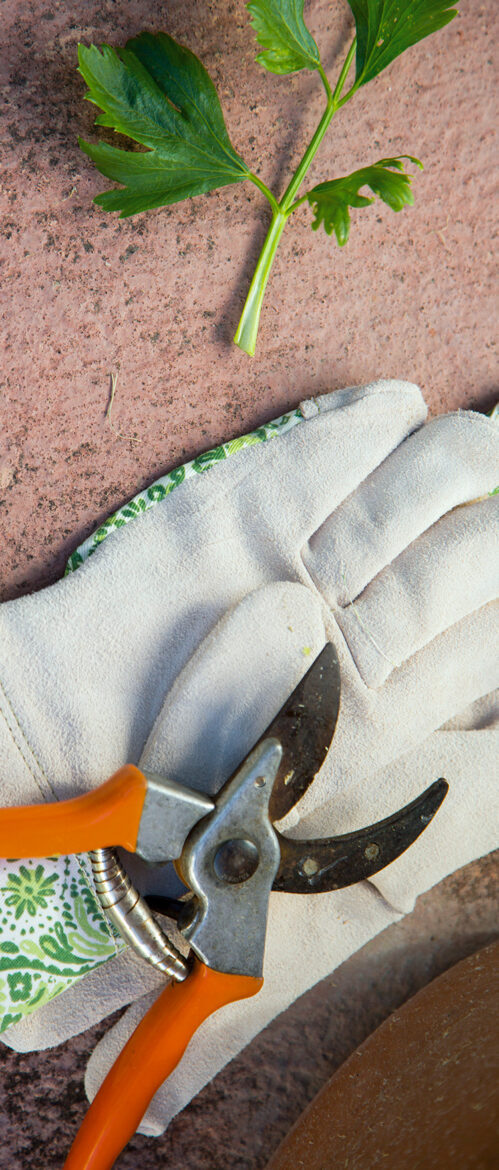 FEBRUARY
FEBRUARY
Start prepping soil for March planting: Add compost, spread manure, start a compost heap. Tip: Buy the dual-batch compost tumbler from gardeners.com.
Control ant population on citrus trees. Cut off any branches that are touching the ground—they serve as highways to trees for pests. Tip: Don’t make your cuts too high; low hanging branches can protect the trunk from sunburn.
Control citrus pests. Look out for aphids and mealybugs (sooty mold on leaves) and woolly whitefly (fuzzy white residue on underside of leaves). Before resorting to chemicals, clean your trees by spraying them with water and or an insecticidal soap with neem oil.
Tip: Make your own insecticide: 1 to 2 tablespoons dishwashing liquid per gallon of water.
If you haven’t cut back your roses yet, this is your last chance (if you want to maximize summer blooms). If you’ve had your irrigation system off, turn it on, watering roses regularly through summer. Fertilize, preferably before irrigation or a rain. Tip: Mark the date on your calendar so you can repeat the fertilization at approximately the same time next month.
Deadhead and feed cool-season annuals and perennials and cut back woody and overgrown perennials like Mexican sage. Tip: Give them a little fertilizer and a fresh layer of mulch to encourage new growth.
Toward the end of the month, look out for California poppies at the nursery. Tip: Consider planting the orange poppies with some purple Spanish lavender for a stunning combination.
For ambitious vegetable gardeners (and those who have time, energy and patience), start growing your own transplants from seeds. Plant cool-season veggies such as peas, lettuce, carrots, radishes and kale. Tip: Leave some space in between plants. When it comes time to plant warm-season veggie transplants, intersperse throughout.
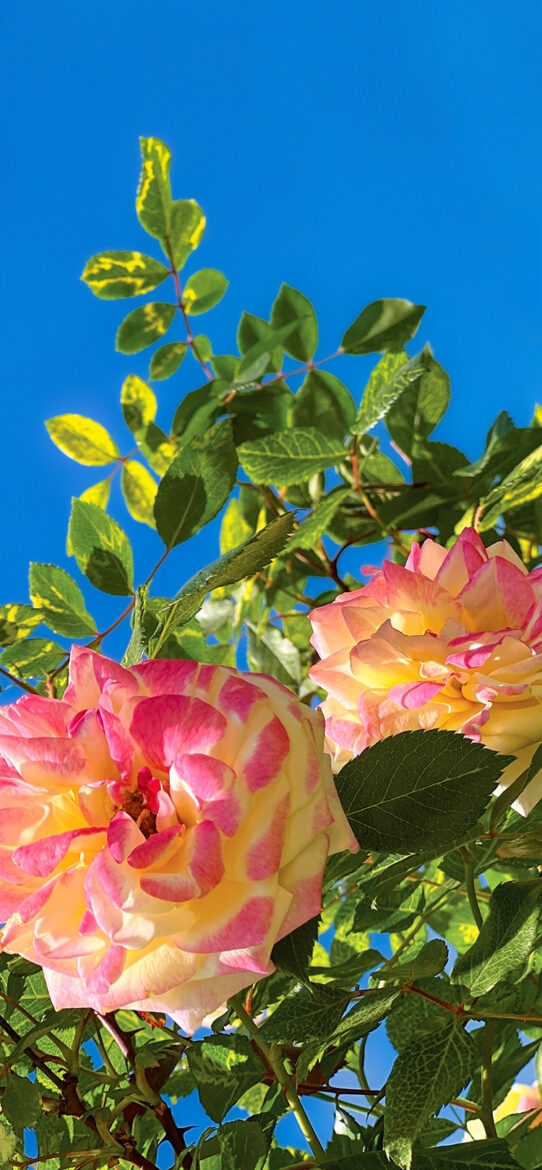 MARCH
MARCH
Fertilize deciduous fruit and avocado trees, most ornamental trees, bushes, lawns and ground covers. Tip: Feed young avocado trees lightly; they can be damaged by too much nitrogen.
Plant summer annuals and perennials, warm-season and cool-season lawns from seed, and warm-season vegetables. Tip: For trees, shrubs and ground covers, plant now or wait until the weather cools in fall.
Cut back bougainvillea, eliminating dead branches.
Tip: Hold off pruning until you see growth resuming on the branches. This will help prevent you from snipping off buds that will later provide glorious blooms.
Avoid the urge to buy those full-blooming, cool-season flowers like calendulas, Iceland poppies, pansies, snapdragons, primroses, stocks and violas. Plant now and you only have a two-month window to enjoy them.
Tip: Opt for warm-season flowers like sun-loving petunias, salvia and verbena. In semi shade, choose yarrow, coleus, geranium, impatiens and verbena.
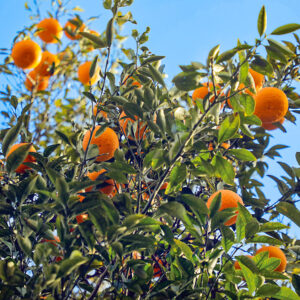 Treat roses with commerical fungicide for rust and black spot treatments. Spray in early morning or in late evening and wear protective clothing. Tip: Try treating first with an organic homemade formula. There are dozens of recipes online with ingredients like seaweed concentrate, nontoxic detergent and baking soda.
Treat roses with commerical fungicide for rust and black spot treatments. Spray in early morning or in late evening and wear protective clothing. Tip: Try treating first with an organic homemade formula. There are dozens of recipes online with ingredients like seaweed concentrate, nontoxic detergent and baking soda.
As soon as the threat of frost has passed, plant your summer vegetable garden. Tip: Wait until April to put in the real heat lovers like eggplant and peppers. With the slightest cold snap, they can shrivel up and die.
When it comes to tomatoes, if you want quantity and more of a sure thing, stick with standard hybrids like Better Boy, Early Girl, Beefsteak, Sungold Cherry and Celebrity. Heirloom varieties are generally less disease-resistant and provide a smaller crop.
Tip: Plant marigolds in between tomato transplant to repel insects.









